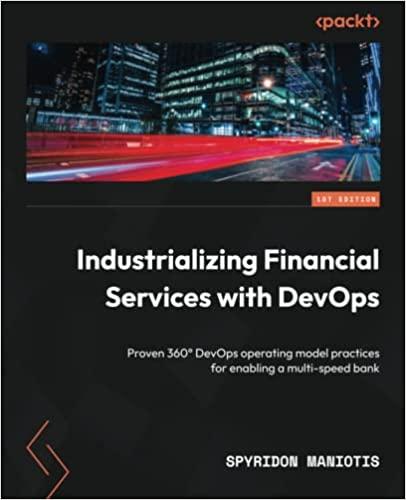7. Which of the following is an assumption of the dividend growth model? a. The current dividend divided by 1+g equals the next dividend. b. G must be greater than R. c. The stock must pay dividends. d. Both price and dividend will grow at Rindefinitely e. The price and dividend will increase gradually over the years. 8. A stock with a dividend yield of 5% and a total yield of 11% a. Must be growing at 4%. b. Must have a capital gains yield of 13%. c. Must have a capital gains yield of 6%. d. Must have a share price greater than $100 e. None of the above. 9. You would use the dividend growth model (DGM) method to determine the value of a stock a. with an unusual or non-constant growth pattern b. When the growth rate of the stock is greater than the rate expected in the marketplace c. with the same dividend every time. d. With a very stable, nominal growth pattern e. For a stock that does not pay dividends 10.A certain investment has an APR of 7% and an EAR of 7%. From this information we know that a. One of the rates must be incorrect. b. The investment actually earns 7.2% C. This is not a good investment for several reasons d. The investment compounds quarterly. e. The investment compounds annually. 11. To find the PRESENT value of a problem with MULTIPLE cash flows (all the same amount) you would use: a. Table A-1 b Table A-2 C Table A-3 d. Table A-4 e. None of the above. 12. TLC Company expects constant 3% growth in a market that expects 6% on investments ABC currently sells for $91.00 per share. What would you expect their next dividend to be? a. $2.73 b. $1.89 c. $2.67 d. $3.08 e. $3.19 13. An example of an ordinary annuity would be Dinner at McDonald's in which you pay for your food before you receive it. b. Your rent, which you pay on the first of the month. c. Admission to a movie, where you pay before seeing the movie. d. Your "A" grade which you receive after working hard all semester. e. None of the above. - Which of the following is FALSE about a put provision on a bond? a. It is popular with bondholders. 5. It lowers the coupon rate because of lower risk. - It allows bondholders to turn in the bond for cash. It is the reverse of a call provision. It can be added to the bond indenture at any time







